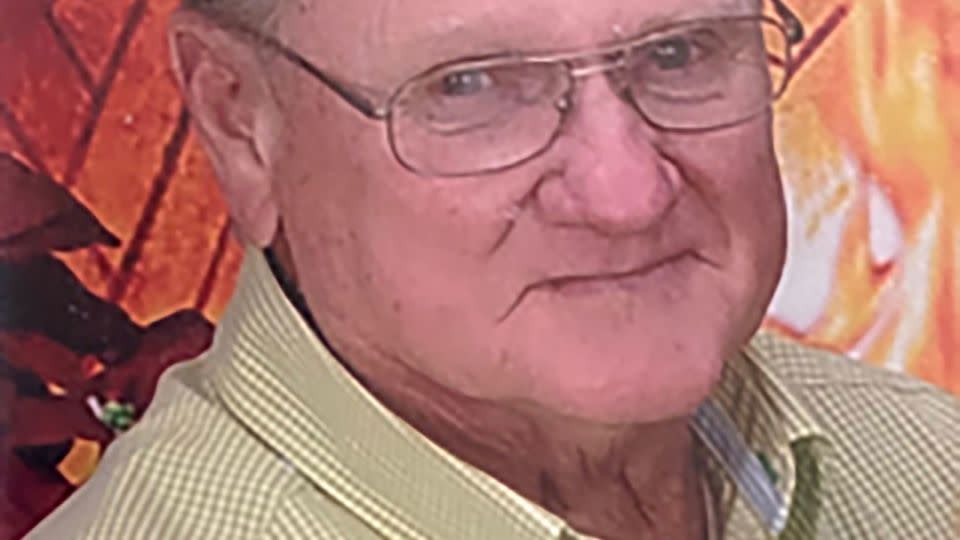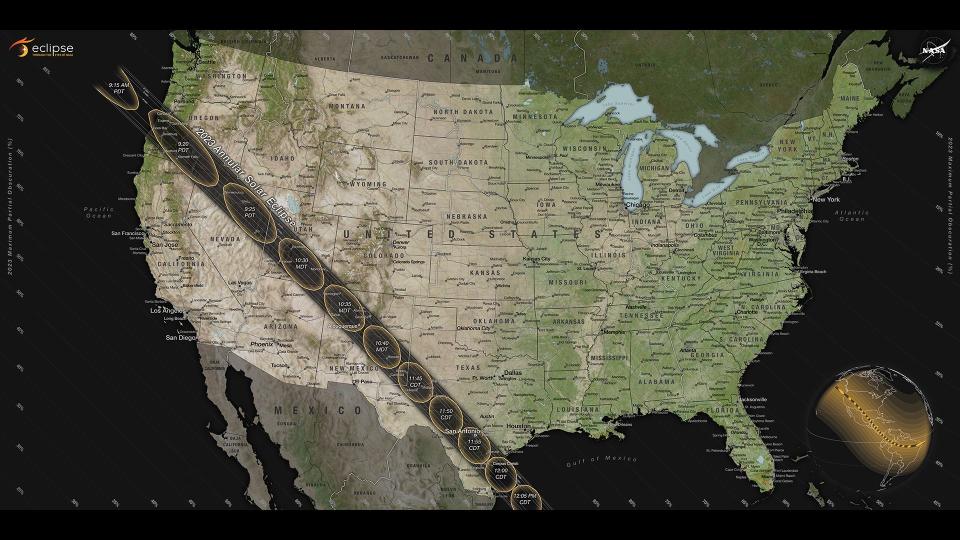Feb. 15—Two days of soil sampling got under way at Puuloa Range Training Facility in Ewa Beach early Wednesday morning, three months after the military, state and community finalized a plan to address concerns regarding potential lead poisoning of the soil.
Two days of soil sampling got under way at Puuloa Range Training Facility in Ewa Beach early Wednesday morning, three months after the military, state and community finalized a plan to address concerns regarding potential lead poisoning of the soil.
Representatives of Marine Corps Base Hawaii, the state Department of Health, other government officials, scientists, and the community were gathered at the range.
The Sampling and Analysis Plan finalized in November and developed by the MCBH Environmental Compliance and Protection Division is the product of several months of discussion between the military and the DOH’s Hazard Evaluation and Emergency Response office, as well as input from the community.
Puuloa Range has been used by the military since the early 1900s. It is the Marines’ only 1, 000-yard “known distance fire range ” for sniper training in the state, and the only location where all 7, 000 Hawaii-based Marines can complete their annual rifle qualifications out to 500 yards.
Between eight to 10 “subject matter experts ” will collect samples from across almost 3, 000 feet of shoreline over the two days. The shoreline was divided into a large grid of 24 “decision units, ” with 100 samples taken from each. Each sample is to consist of a scoop of between 10 and 30 grams of soil from approximately four to six inches deep in the ground.
After the samples are collected and processed, they will be bagged for shipment to the laboratory. Results from the laboratory are expected to take a few weeks, after which MCBH’s Environmental Compliance and Protection Division will analyze the results.
“We will have to look at any further actions that come after that, so whether there’s things we need to do to mitigate, whether there’s further analysis that needs to be done, ” Col. Jeremy Beaven, MCBH commanding officer, said. “This is kind of the first step in, ‘Okay, what comes next ?’ Once we get these results back, we’ll dig into it and consult with some outside folks as well, and then we’ll move forward.”
Beaven said that there isn’t a set timeline for what will happen after the samples are analyzed, and that next steps will be determined by the laboratory results. He also said that MCBH is “continuing to look at their processes at the range.”
“We do have a number of things in the works right now to try to address community concerns with respect to safety, with respect to noise, with respect to erosion on the beach, ” Beaven said. “We’re continually using this data to help inform us as we move forward in some of these other areas.”
Last April, the state House of Representatives passed a nonbinding resolution introduced by state Rep. Rose Martinez (D, Ewa Beach-Iroquois Point ) asking the Marine Corps to relocate the firing range following complaints from the community of noise, safety and possible lead exposure.
“It’s about the whole issue—the erosion and contamination and of course, the noise, ” Martinez said Wednesday. “Right now, we have open communication with the military, so they are available. They are open to finding solutions to this whole issue that were brought up by the community, and I’m glad that we’re doing this because we want to find solutions to these problems that we have in the community.”
Celia Smith, a professor in the School of Life Sciences at the University of Hawaii at Manoa, and Daniel Demartini, chief scientist at Kuleana Coral Restoration, are contributing to the project as third-party experts, with a focus on ensuring that sampling is done accurately and that the data is properly analyzed. Both Smith and Demartini observed the sampling Wednesday morning.
“This is an industrialized area of the island, so there could be lots of sources of contamination that could be affecting the health of our ecosystem, ” Demartini said. “That’s where we come in and are really concerned, so we just want to understand it.”
Smith, who used to come to Ewa Beach and collect limu as a graduate student in the 1970s, said there’s a rich tradition of collecting natural resources from this area. That, coupled with the effects of the training range, made her interested in seeing the effects of increased urbanization on the ecosystem. When she received an email from Martinez’s office asking if she would be interested in working on this project, she said “absolutely.”
“This is opening a whole new door of environmental concern, and it’s important to me because I think many of us knew of places where our kupuna might have gone to collect, ” Smith said. “In those days, they might have been healthy ecosystems, but I don’t think we can say that for all of our sites.”
Smith said there is a need for more testing of how human activity is affecting the ecosystem, and that partnerships like the one between the military, the state and community stakeholders are necessary to find solutions.
“This is really the beginning of partnering with communities where we have a clear potential for concern, to see what the data actually will show us, ” Smith said.
In October, the Surfrider Foundation’s Oahu chapter said that soil samples taken near Puuloa Range in early 2023 tested positive for lead, with some samples testing as much as 17 times the state safety standard for an industrial area.
Signup bonus from




